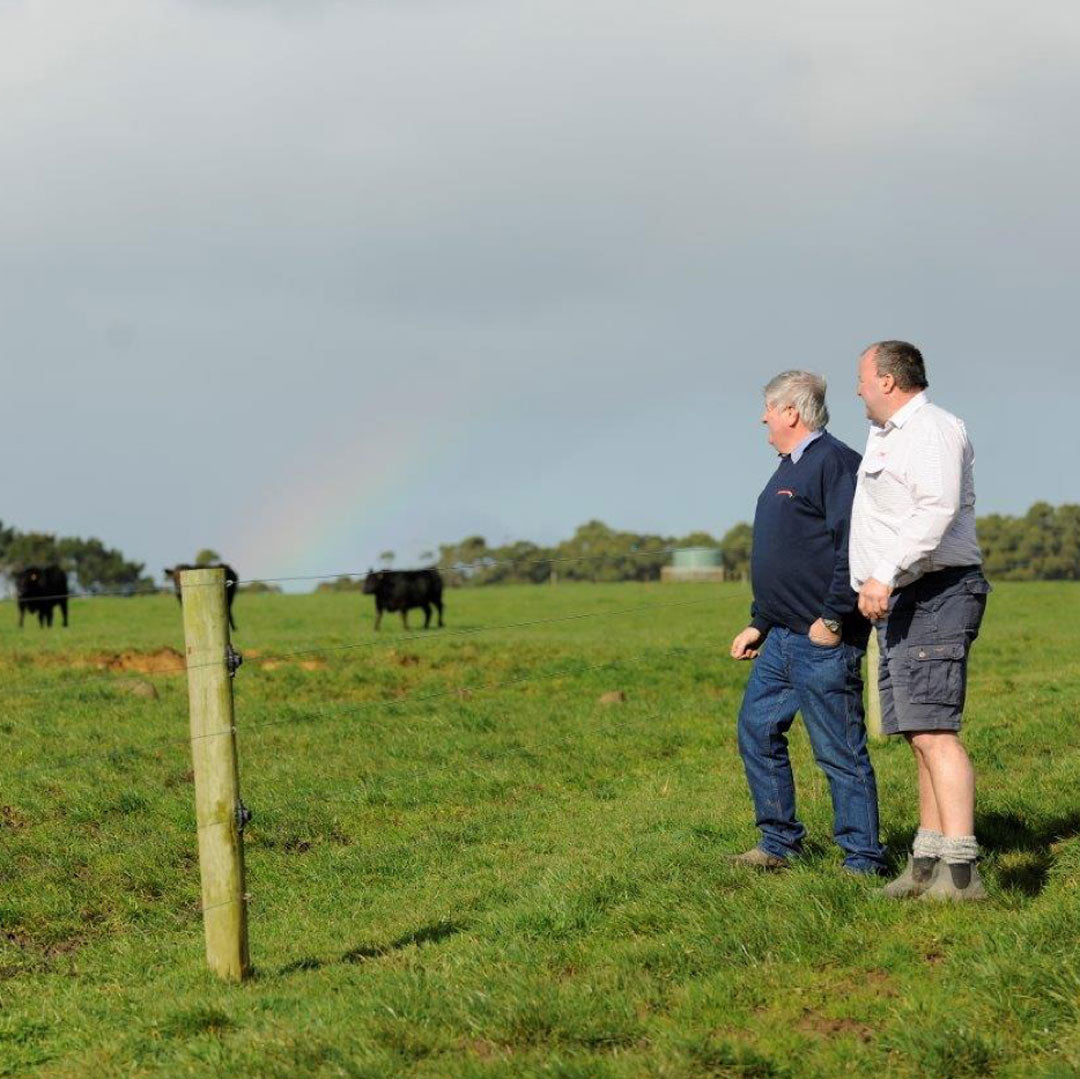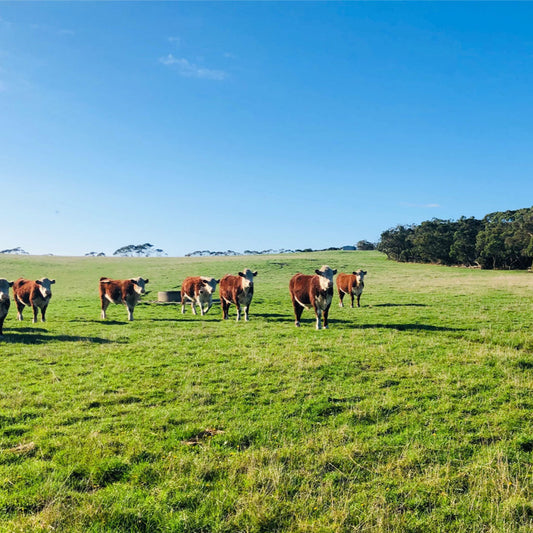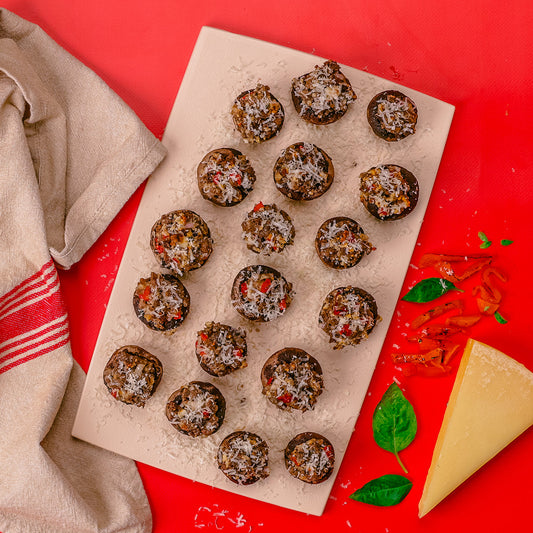
Rotational Grazing
What is Rotational Grazing?
Rotational grazing is regenerative agriculture as it allows for the containment and movement of animals through certain areas of pasture to improve soil, plant, and overall animal health.
How Does Rotational Grazing Work?
In short, a small portion of pasture grazes at a set time while the remainder of the pasture rests and regenerates. The animals are in paddocks and move from one paddock to another. This allows the farmer or rancher to control where the livestock will graze. A paddock is a small field where the cattle roam.
Many farmers or ranchers will divvy up their large pastures into something like a pizza. Each ‘slice’ is a paddock, and livestock will be allowed to graze for a day or two before moving to the next paddock. The length of rotation intervals is determined by how big the ‘slice’ is and how long it takes the livestock to graze.

How Does it Help?
If livestock — such as cattle, hogs, and even goats — are left free to graze to their heart’s content on a wide-open pasture, they’ll naturally eat the best and tastiest stuff first (who wouldn’t?). As a result, cattle will over-graze or under graze certain sections of the pasture. The pasture won’t have the opportunity to develop strong roots and regenerate.
When managing grazing rotationally, the pasture will see significant returns. Rotational grazing encourages plants to send out more, stronger and deeper roots. These roots are then continuously shed off and decompose into the ground, boosting soil biomass and fertility.
In addition, several other benefits come from rotational grazing:
- Carbon sequestering
- Drought resistance
- Erosion prevention
- Reduction of agricultural runoff
- Control of less desirable plants
- Animal exercise
- More stable production during poor growing conditions
- Greater yield potential
- There is higher quality forage available
- Decreased weed and erosion problems
Rotational Grazing and Pre
When we raise cattle in pastures operating with rotational grazing, the benefits are self-evident. Animals in grazing systems are often healthier than animals housed in confinement. The cattle have more space and access to fresh air; this reduces their exposure to high levels of microorganisms. Reducing their exposure to microorganisms keeps them healthy. Additionally, increased freedom for movement enhances physical fitness and decreases injury opportunities.
Not only does Pre source from cattle that are pasture raised year-round, but it is also raised on pastures that implement rotational grazing. By utilizing rotational grazing, we can ensure healthier cattle, superior meat, and better cuts of beef for our customers. We promise to always provide our customers with 100% grass-fed, grass-finished beef raised with care.
In addition to sourcing beef raised on rotational grazing pastures, we also never add hormones or sub-therapeutic antibiotics to our beef and are adamant that there are no GMOs. As a pasture-raised beef brand, we believe that food naturally tastes great when chosen with care and that nature, not technology, should be responsible for what’s on our plates. If you’re dying to taste the rotationally grazed beef difference for yourself (we know you are), order from our wide selection of premium cuts today!



